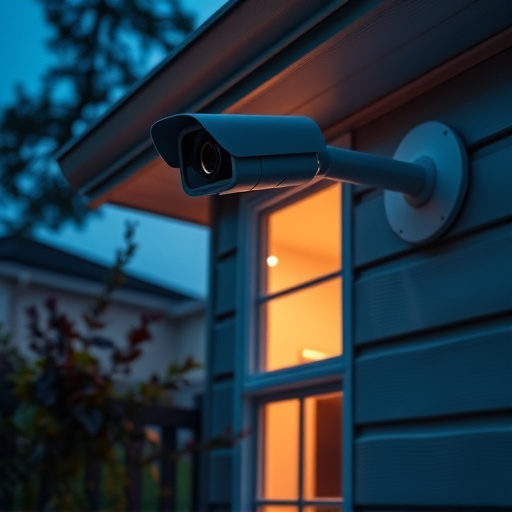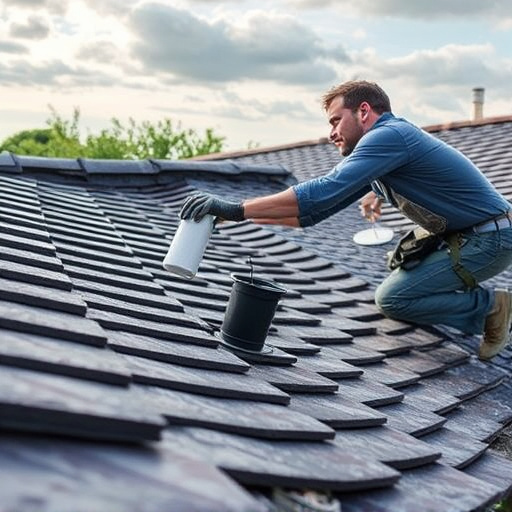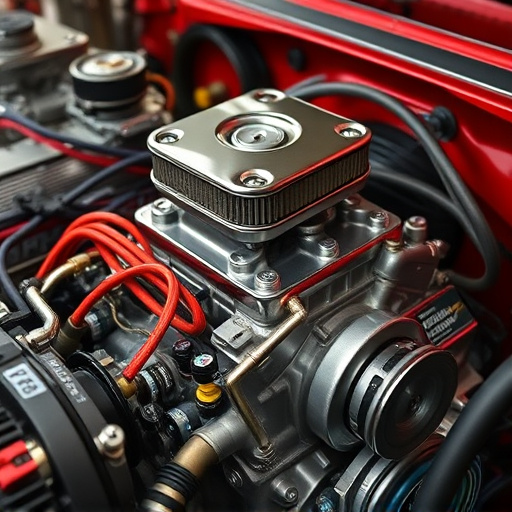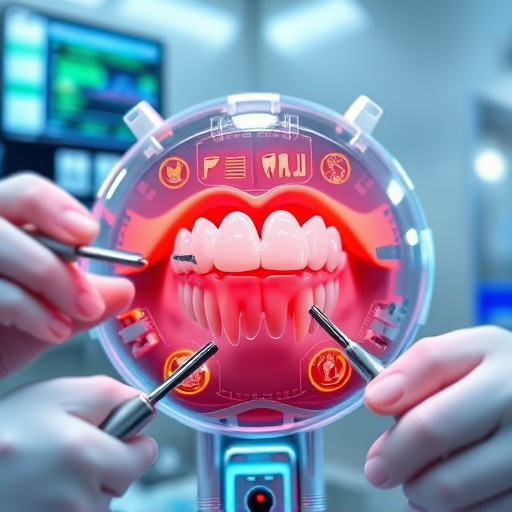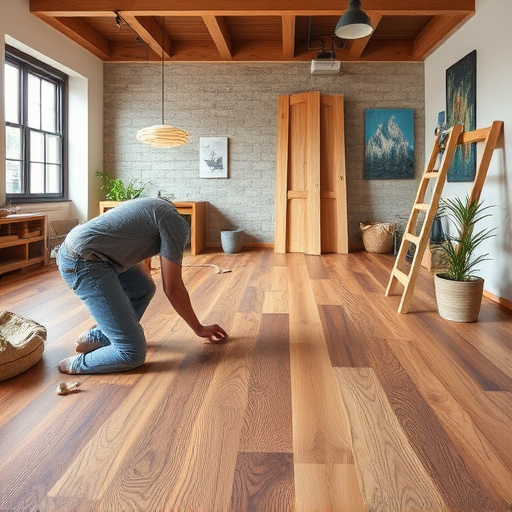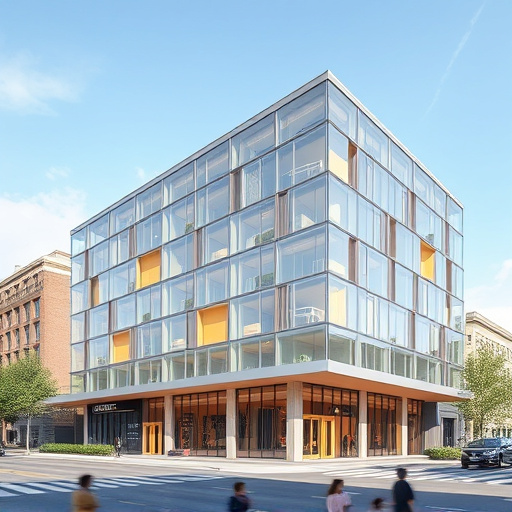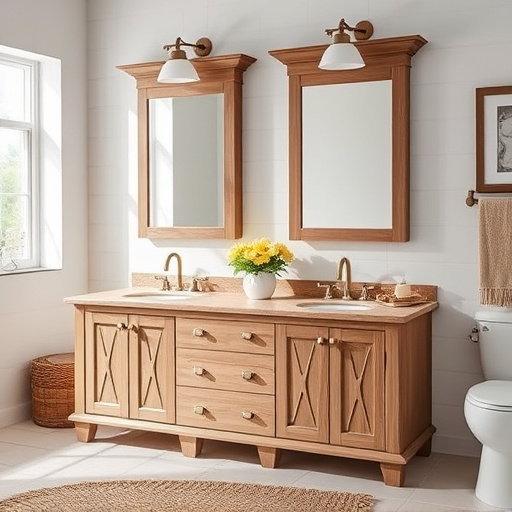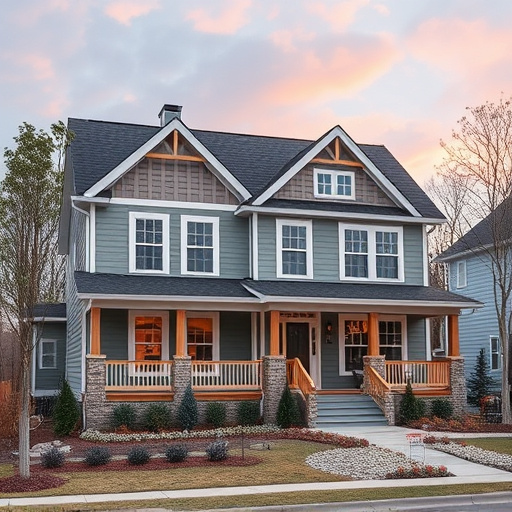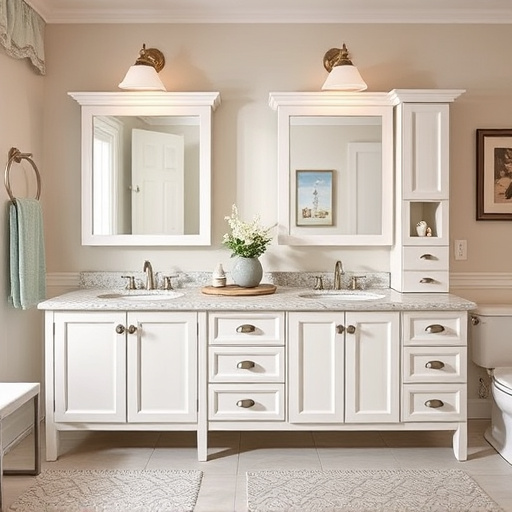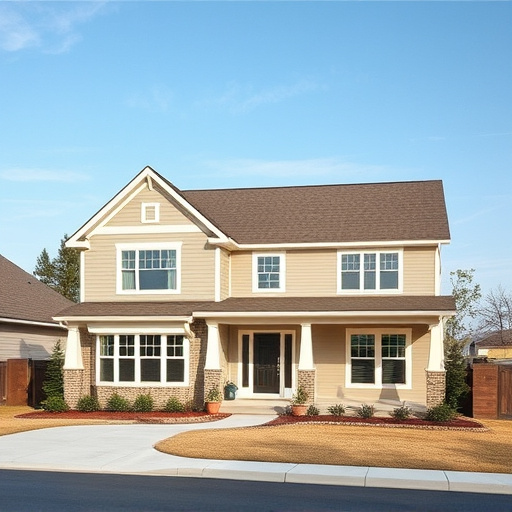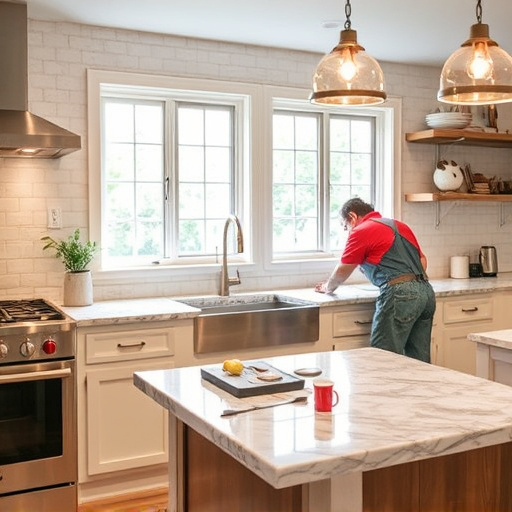TL;DR:
Old or damaged bathroom countertops (cracks, chips, discoloration, stains) need replacing for safety and hygiene. Updating them during home renovations allows choosing materials and designs that suit your style, creating a spa-like retreat. Uneven or warping surfaces are hazards caused by water damage, structural issues, or poor installation and should be replaced promptly to maintain functionality and aesthetics. Regular cleaning and maintenance prevent future problems, ensuring safe, beautiful bathroom countertops.
Considering replacing your bathroom countertops? Knowing the signs your existing surfaces need updating is crucial. From persistent water damage and stains to noticeable cracks and warping, these indicators signal it’s time to explore fresh options. This article delves into the key signs prompting countertop replacement, guiding you through timing considerations like age, family dynamics, and renovation plans. Learn how budget-conscious choices, material selection, and professional installation can transform your bathroom with lasting style.
Signs Your Bathroom Countertops Need Replacing
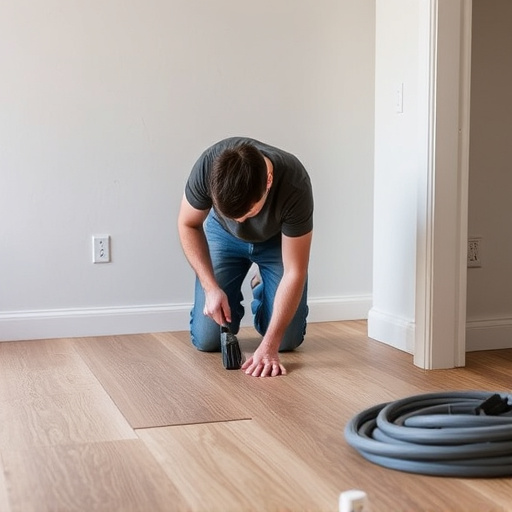
If your bathroom countertops are showing signs of wear and tear, it might be time to consider a replacement. One of the most obvious indicators is significant cracks or chips in the surface. Over time, even high-quality materials can become damaged due to everyday use, especially if you have a busy household or frequently drop items on them. Discoloration and staining are also common issues, particularly around sinks and faucets where water contact is frequent.
Additionally, if your countertops have become difficult to clean or retain stains despite regular maintenance, it might be a good candidate for replacement. As part of a broader home renovation or multiple room remodel, updating bathroom countertops can refresh the entire space. Customized home renovations allow you to choose materials and designs that align with your style preferences, ensuring your bathroom feels like a spa-like retreat.
– Cracks and chips
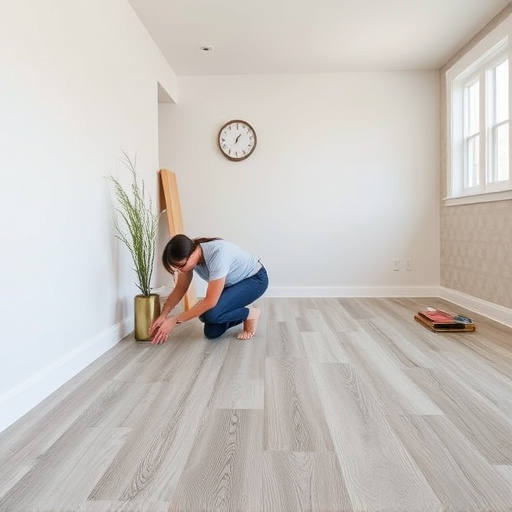
If you’ve noticed cracks or chips appearing on your bathroom countertops, it’s a clear sign that they are no longer in top condition. These defects can be an indication of structural damage caused by years of wear and tear, or they might be a result of poor installation. Over time, even high-quality materials can weaken due to everyday use, especially if they have been subjected to extreme temperature changes or heavy objects being placed on them.
When bathroom countertops develop cracks and chips, it not only affects their aesthetic appeal but also compromises their functionality. Cracks can hide dirt and bacteria, making the surface harder to clean effectively. Moreover, damaged countertops might be less stable, increasing the risk of accidents. If you’re considering home additions or customized home renovations, such as a kitchen remodel, replacing faulty bathroom countertops is a crucial step towards creating a safe and modern living space.
– Uneven surfaces and warping
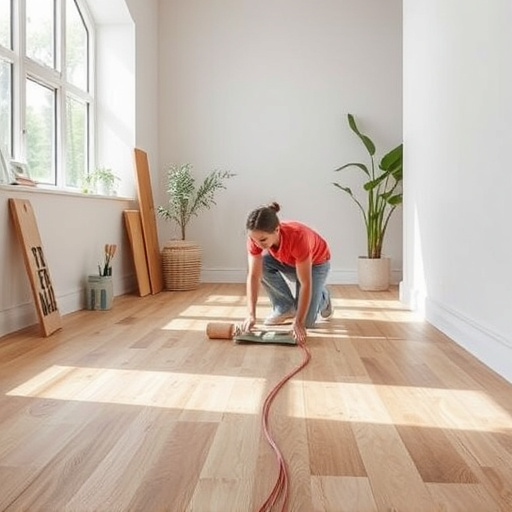
If your bathroom countertops have become uneven or start to warp, it’s a clear sign that it’s time for a replacement. Over time, various factors can contribute to this issue, including water damage, settlement of the underlying structure, or even poor installation. Uneven surfaces not only look unsightly but can also be a trip hazard and affect the functionality of your countertops. Warping indicates significant structural damage, which could compromise the integrity of your bathroom space, especially if you’re considering long-term residential renovations or whole house remodels.
In addition to visual inspections, keep an eye out for signs of water pooling or stains, which can lead to warping over time. Regular maintenance and timely replacement can prevent these issues from escalating, ensuring your bathroom countertops remain functional, safe, and aesthetically pleasing. Consider exterior painting as a complementary step after installing new countertops to refresh the entire look of your bathroom space.
If your bathroom countertops exhibit signs of significant damage, such as cracks, chips, or warping, it’s clear that replacement is necessary. Regular maintenance can only do so much; at a certain point, functional and aesthetic issues become irreparable. Recognizing these key indicators allows you to proactively maintain the value and appeal of your space. When considering bathroom countertops options, prioritize materials known for durability and low maintenance to ensure a long-lasting solution.
